LED for the house
bus_driver
12 years ago
Related Stories
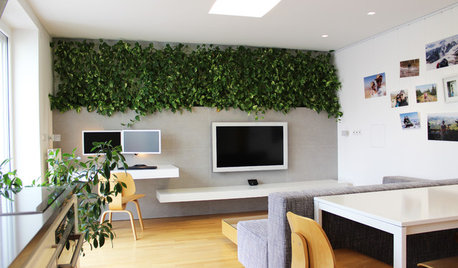
HOUZZ TOURSMy Houzz: LEDs and a Living Wall Color a Minimalist Slovakian Home
Thanks to a modern overhaul, this small Central European apartment is now a testament to efficiency and thoughtful design
Full Story
LIGHTINGWhat to Know About Switching to LED Lightbulbs
If you’ve been thinking about changing over to LEDs but aren't sure how to do it and which to buy, this story is for you
Full Story
LIGHTINGThe Lowdown on High-Efficiency LED Lighting
Learn about LED tapes, ropes, pucks and more to create a flexible and energy-efficient lighting design that looks great
Full Story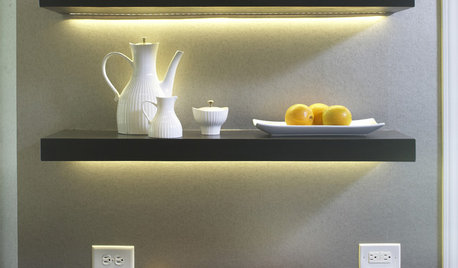
KITCHEN DESIGN12 Ways to Light Your Kitchen With LEDs
See how to use new energy-saving lights to illuminate your kitchen, light a countertop and add style, too
Full Story
TINY HOUSESAdventure Seekers Hit the Road in a Cozy School Bus Home
Wood floors, butcher block countertops, custom furnishings and LED lights make life on the road feel like just another stylish day at home
Full Story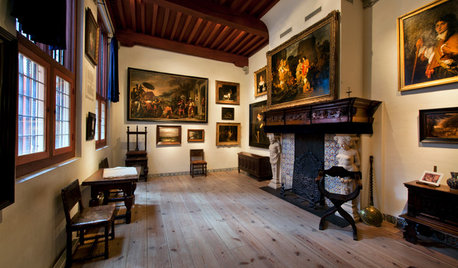
EVENTSHappy Birthday, Rembrandt: Peek Inside the Dutch Painter’s Former House
The famous Dutch painter surrounded himself with expensive artwork and rare antiquities, which led to a foreclosure on his house
Full Story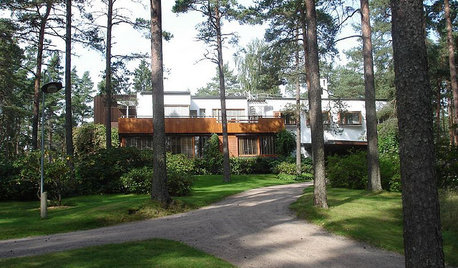
HISTORIC HOMESMust-Know Modern Homes: Villa Mairea
Experimenting led to rich rewards in this Finnish architectural masterpiece by modernist Alvar Aalto
Full Story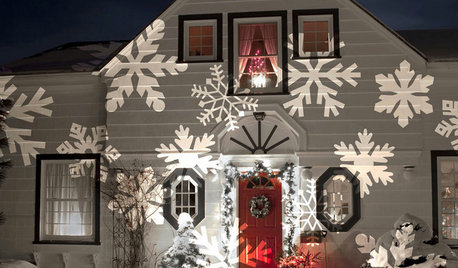
SHOP HOUZZShop Houzz: Save on Holiday Lighting
Create a magical scene they’ll see from the street with string lights, LEDs and projectors
Full Story0
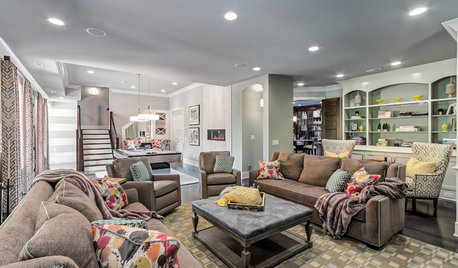
BASEMENTSBasement of the Week: Luxurious and Lovely in Tennessee
Bright artwork led to this walk-out’s restful, neutral palette, but the generous amenities are the real soothers here
Full Story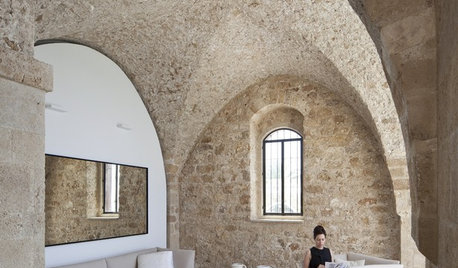
HOUZZ TOURSHouzz Tour: Historic Israeli Penthouse by the Sea
A surprise discovery led to a stunning backdrop for contemporary furniture and modern, minimalist features in this Jaffa apartment
Full Story








yosemitebill
lee676
Related Professionals
Sierra Madre Electricians · Ken Caryl General Contractors · Klamath Falls General Contractors · Pinewood General Contractors · Torrington General Contractors · Troutdale General Contractors · Uniondale General Contractors · Downers Grove Solar Energy Systems · Glen Ellyn Solar Energy Systems · Greenwich Solar Energy Systems · Wasco Solar Energy Systems · Gages Lake Home Automation & Home Media · Orange County Home Automation & Home Media · Sarasota Home Automation & Home Media · Robbinsdale Home Automation & Home Mediayosemitebill
bus_driverOriginal Author
lee676
yosemitebill
wws944
yosemitebill
wws944
yosemitebill
wws944
bus_driverOriginal Author
brickeyee
bus_driverOriginal Author
bus_driverOriginal Author
bus_driverOriginal Author
wws944
bus_driverOriginal Author
bus_driverOriginal Author
mike_kaiser_gw
bus_driverOriginal Author
wws944
bus_driverOriginal Author
bus_driverOriginal Author
ionized_gw
bus_driverOriginal Author
alan_s_thefirst
lee676
ionized_gw
bus_driverOriginal Author
marknmt
ionized_gw
bus_driverOriginal Author
ionized_gw
bus_driverOriginal Author
ionized_gw
bus_driverOriginal Author
bus_driverOriginal Author
polie
bus_driverOriginal Author
yosemitebill
ionized_gw
bus_driverOriginal Author
g-mann
ionized_gw
brickeyee
ionized_gw
lewis11c
bus_driverOriginal Author
lbpod